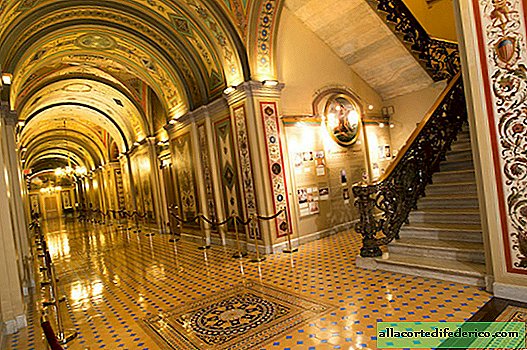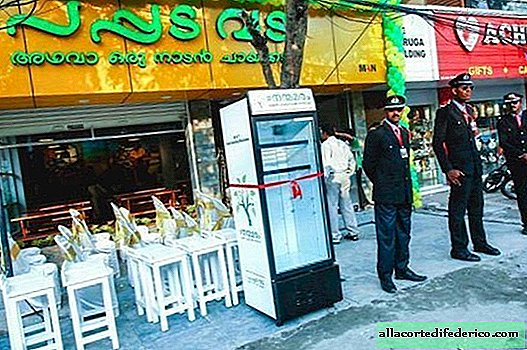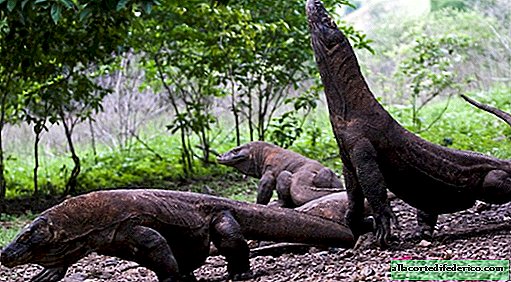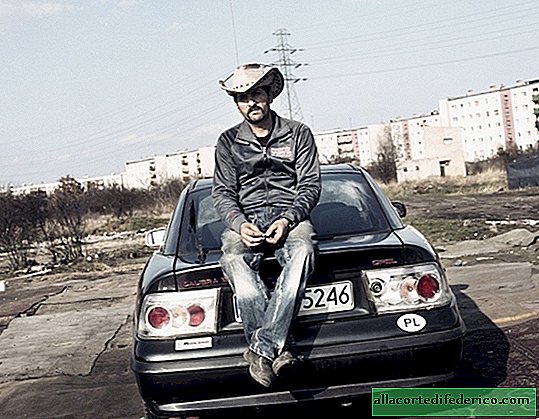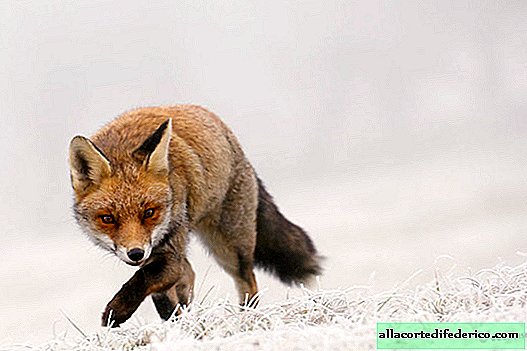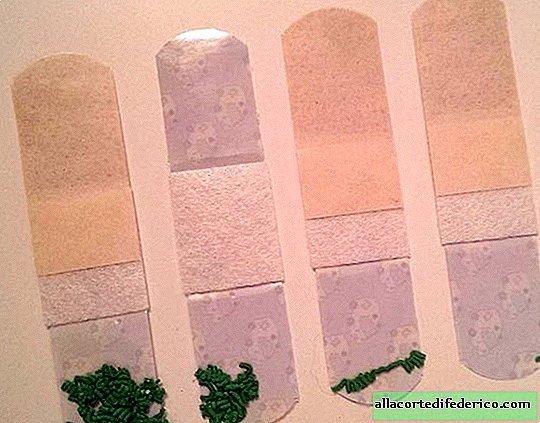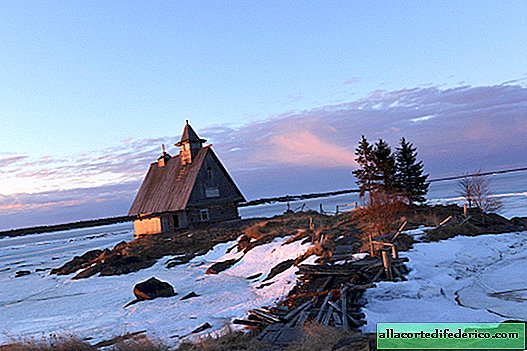Why Columbus was not the first, and who actually discovered America
Many still remember from school that America was discovered by none other than Christopher Columbus. But this is not entirely true. 500 years before the famous mariner, North American lands were conquered by European Vikings led by Leif Ericsson.
The early years of Leif Ericsson
Research was a family affair for Ericsson. His father Eric Red became the founder of the first European settlement in Greenland (he was expelled from Iceland for the murder of a neighbor). The youth of Ericsson, who is believed to have been born in Iceland around 970, passed in the sparsely populated Greenland. And about 1000, he returned to his homeland - to Norway.
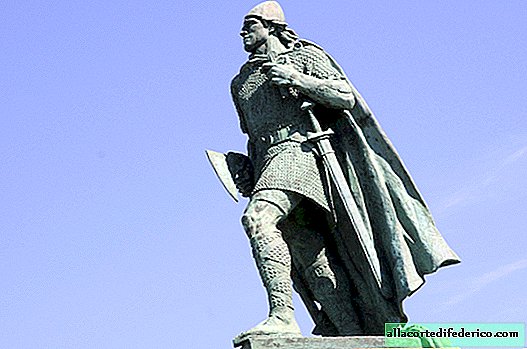 Monument to Leif Erickson in Reykjavik
Monument to Leif Erickson in ReykjavikIt was here that King Olaf Tryggvason contributed to the fact that Ericsson converted to Christianity, and also gave him the task to spread religion among pagan settlers in Greenland. Leif converted to Christianity and his mother, who is considered the builder of the first Christian church in Greenland.
When travels to the New World begin
Icelandic sagas tell about the appearance of Ericsson in the New World around 1000 AD But why he headed to North America is not clear to the end. The Eric the Red Saga says Ericsson crossed the Atlantic by chance: the ship went off course when it returned from Norway. The Greenland Saga, however, tells us that Leif’s trip to North America was intentionally designed. Ericsson heard about the strange western land from the Icelandic navigator Bjarni Herülfsson, who bypassed Greenland more than ten years ago. It was then that the shores of an unknown country were revealed to him, but he did not set foot on its lands. Ericsson bought the ship of Bjarni, assembled a team of 35 people, and proceeded along the route in the direction of the mysterious land.
 Vikings at the New World
Vikings at the New WorldAfter crossing the Atlantic, the Vikings descended on rocky, barren land in modern Canada. The land received the name Helluland, which means "Stone slab" in translation from Norwegian. According to researchers, this place could be the island of Baffin Island. The team then traveled to the wood-rich lands that they christened Markland. And for the “winter” the Vikings stopped in the south, on the islands of Newfoundland.
The mild winter weather compared to their homeland allowed them to explore the surrounding region. It literally abounded with lush meadows, rivers full of salmon, and wild grapes so suitable for wine that Ericsson named the Wineland region. After the winter in Vinland, Ericsson and his team returned home to Greenland with much-needed timber and decent grape stocks.
Ericsson never returned to North America. But other Vikings continued to sail to Vinland, at least for the next decade. Why they finally didn’t settle in there, one can’t say for sure. But there is speculation that because of violent clashes with the local population of North America, this option was not possible.
Archaeological excavations
As it turned out, Icelandic sagas were not "just a fairy tale." In the 20th century, archaeologists found evidence to support accounts of Scandinavian expeditions to America.
 Viking Village L'Anse aux Meadows
Viking Village L'Anse aux MeadowsIn the 60s of the last century, the Norwegian explorer Helge Ingstad searched the coasts of Labrador and Newfoundland for signs of a possible settlement and found it in the extreme northern part of Newfoundland - in L'Ans-o-Meadows. An international team of archaeologists has discovered Viking artifacts dating to around 1000 AD That is, just the time of Leif Ericsson's stay in this area, according to the sagas. The ruins of a Norwegian village are classified as a UNESCO World Heritage Site.
 US coin in honor of Leif Ericsson
US coin in honor of Leif EricssonBy the way, like Columbus, the leader of the first expedition of Europeans to the New World, Leif Ericsson, was awarded his own holiday on the calendar. In 1964, US President Lyndon Johnson signed a decree according to which October 9 is celebrated as Leif Ericsson Day. In honor of the Viking explorer, his team and the North American heritage of the country.



